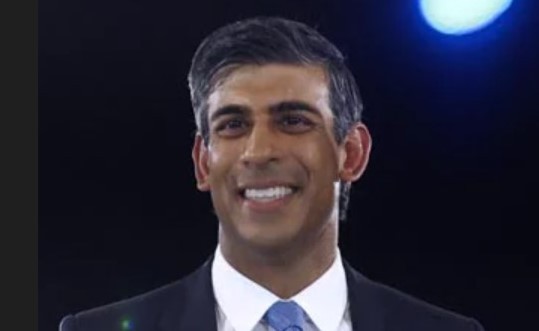In a high-stakes maneuver to circumvent an impending US ban on certain Apple smartwatches, the tech giant is swiftly deploying engineering solutions and potential workarounds, aiming to rescue its lucrative $17 billion business under threat from a patent dispute.
The impending ban, set to take effect on Christmas Day unless intervened upon by the White House, stems from a patent clash with Masimo Corp., centered around the technology measuring a user’s blood oxygen level embedded in Apple’s smartwatches.
According to sources familiar with the matter, Apple engineers are fervently adjusting algorithms within the device, altering how oxygen saturation is determined and presented to users. This marks an unprecedented engineering effort for Apple, potentially affecting one of its primary revenue streams within its home turf.
“While the ban looms, Apple’s primary focus remains on modifying its technology and garnering regulatory favor,” stated individuals knowledgeable about Apple’s internal workings. The company, known for its reluctance to settle, has yet to engage in discussions with Masimo for a potential resolution.
Preparation for the ban is already in motion within Apple’s retail sphere. The company has begun reconfiguring in-store promotions, sending out new signs omitting the affected Series 9 and Ultra 2 models while ensuring the availability of its lower-end SE watch.
Apple’s Last-Ditch Effort to Avoid Christmas US Ban on Key Apple Smartwatch Models

Apple plans to cease online sales of the banned watches and remove them from its brick-and-mortar outlets by December 24th, anticipating a reliance on software alterations rather than a comprehensive hardware overhaul. However, Masimo contends that a mere software fix will fall short, insisting that hardware adjustments are imperative in apple smartwatch.
Addressing the impending import restrictions, an Apple spokesperson confirmed ongoing efforts to submit a workaround for approval by the US customs agency. Experts, however, remain skeptical about the viability of software tweaks considering the broader scope of Masimo’s patents, which predominantly relate to hardware mechanisms.
Industry experts caution that implementing new technology, whether hardware or software-based, will inevitably consume a substantial amount of time due to Apple’s meticulous internal testing procedures, particularly concerning the apple smartwatch device’s medical functionalities.
The potential repercussions of the ban are significant, with estimates suggesting a minimum three-month period for Apple to produce and distribute new models if hardware alterations become necessary, pending customs approval.
The blood-oxygen monitoring feature, initially introduced with the Series 6 Apple Watch in 2020, has been a crucial health metric, especially during the pandemic. Its prominence in subsequent models, including the Series 7 and 8, underscores Apple’s commitment to health-focused innovation.
The apple smartwatch ban’s direct impact extends solely to Apple’s direct sales channels, leaving third-party retailers unaffected for now. However, this dispute puts at risk a crucial revenue stream for Apple, integral to keeping users within its ecosystem.
Amidst the looming ban, uncertainties shroud the possibility of White House intervention, reminiscent of a similar move during a patent dispute involving Samsung in 2013. Masimo, situated in California, places the administration in a challenging position, choosing between two US companies.
As the tech giant battles against time and legal hurdles, the White House, under the purview of US Trade Representative Katherine Tai, carefully weighs its options, while Masimo upholds the ITC’s decision, emphasizing the necessity for adherence to legal obligations.






